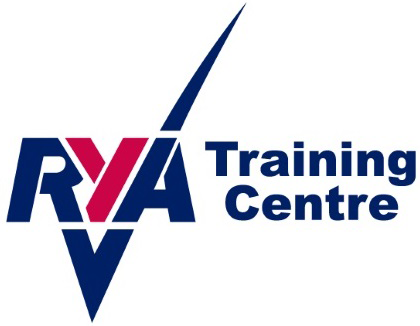A lateral buoy, lateral post or lateral mark, as defined by the International Association of Lighthouse Authorities, is a sea mark used in maritime pilotage to indicate the edge of a channel.
Each mark indicates the edge of the safe water channel in terms of port (left-hand) or starboard (right-hand). These directions are relative to the direction of buoyage; this is usually a nominally upstream direction.
In a river, the direction of buoyage is towards the river’s source; in a harbour, the direction of buoyage is into the harbour from the sea. Where there may be doubt, it will be labelled on the appropriate chart. Often the cardinal mark system is used instead, when confusion about the direction would be common.
A vessel heading in the direction of buoyage (e.g. into a harbour) and wishing to keep in the main channel should:
- keep port marks to its port (left), and
- keep starboard marks to its right.
IALA System
A Region A lateral mark, showing both the green color and the triangular symbol, denoting the channel at the entrance to the Port River near Adelaide, South Australia.
Marks are distinguished by their colour, being red or green, and shape.
For historical reasons, two different schemes are in use worldwide, differing in their use of colour.
Previously there had been 30 different buoyage systems, prior to IALA introducing the rationalised system. In 1980 on a conference convened by IALA, they agreed to adopt the rules of a new combined system, which combined the previous two systems (A and B) into one system, with two regions (A and B).[1]
The IALA defines them as Region A and Region B:
- Region A comprises nations in Europe, Australia, New Zealand, parts of Africa and most of Asia other than the Philippines, Japan and Korea.
- Region B comprises nations in North America, Central America and South America, the Philippines, Japan and Korea.
Region A
- port marks are red and may have a red flashing light of any rhythm.
- starboard marks are green and may have a green flashing light of any rhythm.

(Port) (Left) (Red) (Starboard) (Right) (Green)
Region B
- port marks are green and may have a green flashing light of any rhythm.
- starboard marks are red and may have a red flashing light of any rhythm.
 (Port) (Left) (Green)
(Port) (Left) (Green)
(Port) (Left) (Green) (Starboard) (Right) (Red)
Both regions
- port marks are square or have a flat top
- starboard marks are conical (or present a triangular shape) or have a pointed top.
The shape is an important feature, as colours cannot be distinguished in some light conditions, or by persons with red-green colour blindness. Marks may also carry unique markings of letters and numbers; these may be used to identify the mark as one indicated on a nautical chart. Likewise, a mark’s light may flash in a distinctive sequence for the same purpose.
Also defined in the lateral mark systems is a bifurcation mark, which has both red and green horizontal bands, one over the other. This mark indicates that a “preferred” channel (often, a deep channel suitable for heavy commercial traffic) lies to one side, and a secondary channel on the other. Vessels wishing to use the preferred channel observe the top colour of the mark, and vessels wishing to use the secondary channel observe the bottom colour.
In Region A only, the phrase “Is there any red port left?” (referring to the red colour of the fortified wine “port”) may be used as a mnemonic, indicating that a red mark must be kept on the left when “returning” to (i.e., entering) a harbour or river.
In Region B only, the phrase “red right returning” may be used as a mnemonic, indicating that a red mark must be kept on the right when returning to (i.e., entering) a harbour or river.

IALA buoyage system A cardinal marks
A cardinal mark indicates where the best and safest water may be found and is used in conjunction with a compass. It shows where the mariner has safe passage. A cardinal mark may indicate:
- the deepest water in an area
- the safe side on which to pass a danger
- a feature in a channel such as a bend, junction or an end of a shoal.
Cardinal mark features
- Top marks: black double cones clearly separated.
- Colours: black and yellow horizontal bands with the position of the black band or bands relative to the respective cardinal points.
- Lights: a cardinal mark exhibits a white light and its quadrant is distinguished by a specific group of quick or very quick flashes.

To assist in remembering cardinal marks, associate the number of flashes of each group with that of a clock face. That means that north is at twelve o’clock, east is at three o’clock, south is at six o’clock and west is at nine o’clock.
To ensure that no confusion occurs between east, south and west marks, a long flash immediately follows the six flashes of the south mark.
